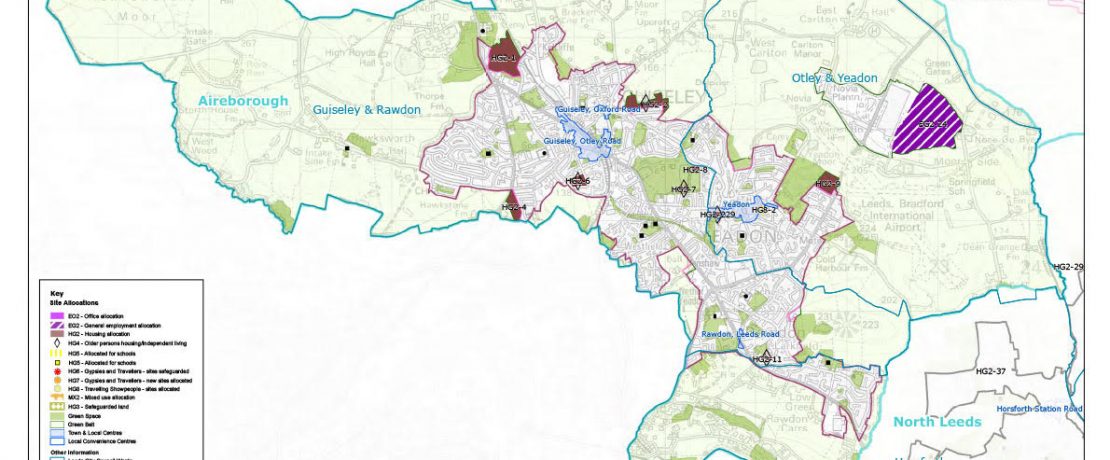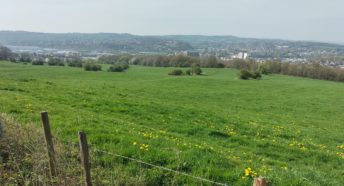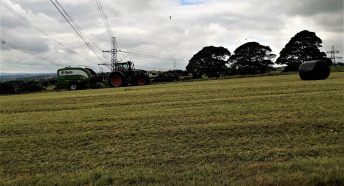Aireborough wins High Court Green Belt Battle
On the 8th June the Aireborough Neighbourhood Development Forum received a ruling on their High Court challenge that the Leeds City Council Site Allocation Plan (SAP) was unlawful.
The judge, Mrs Justice Lieven, determined that an error of law was made in the process by which the SAP was adopted.
The judgement determined that the Green Belt deleted in the Leeds Site Allocation Plan was not adequately justified by exceptional circumstances.
CPRE West Yorkshire has been seeking to influence the Leeds City Council Local Plan over many, many years. We have consistently raised, through the local plan process, the issue of artificially inflated housing targets putting pressure on land designated as Green Belt. We have been systematically rebuffed in our efforts.
The Aireborough Neighbourhood Development Forum challenged through the courts the decision of Leeds City Council to adopt the SAP. The case was heard in February, and the ruling was issued this month. The history of this battle is not a simple story – but you can read our full review of the High Court Judgement for the background and context for the challenge.
As with all legal rulings, it is hard to simplify the outcome – but the jist is this:
The judgement determined that because the housing target was already being reviewed downwards, and that there had been errors made in calculating housing land supply, that the correct, up-to-date figure for housing land requirement at the time the SAP was adopted could have been met without recourse to any Green Belt sites.
Therefore, on a Leeds-wide basis, the case for exceptional circumstances to take land from the Green Belt had completely evaporated.
Leeds City Council argued that the 11 ‘Housing Market Character Areas’ (HMCAs) that they had divided Leeds into were ‘locked in’ by the Core Strategy, and that the housing numbers should be reduced equally across the sites. This would have meant that there was still a need to release Green Belt land in some areas.
But local housing need had not informed the original distribution of housing land requirements across these 11 areas. In determining the distribution of new housing numbers, Leeds City Council had divided Leeds into 11 HMCA’s in the Core Strategy, but the distribution of new housing numbers was only determined by land availability and the drafted spatial strategy. This did not include a review of local housing need.
The Judge found that the Inspectors had accepted the exceptional circumstances for the proportionate release of Green belt, without an explanation for the housing distribution figures. This was incorrect in law, because if there is no overall need for Green Belt release at the Leeds-wide level, then a proportionate share of nothing is, of course, nothing.
We wait to see Leeds City Council’s next steps. They could choose to reinstate the previous Green Belt boundaries for the time being, but the possibility of Green Belt land release will have whetted the appetite of thirsty developers, and we can be certain that further challenges lie ahead.
For the moment, we join ANDF in celebrating their success in challenging Leeds City Council SAP in an epic David .v. Goliath battle. This is a huge victory for community led engagement in the planning process, but also a lesson to local authorities to use the local plan consultation process as a genuine opportunity to listen and review.
Leeds City Council have issued a statement about the ruling.







